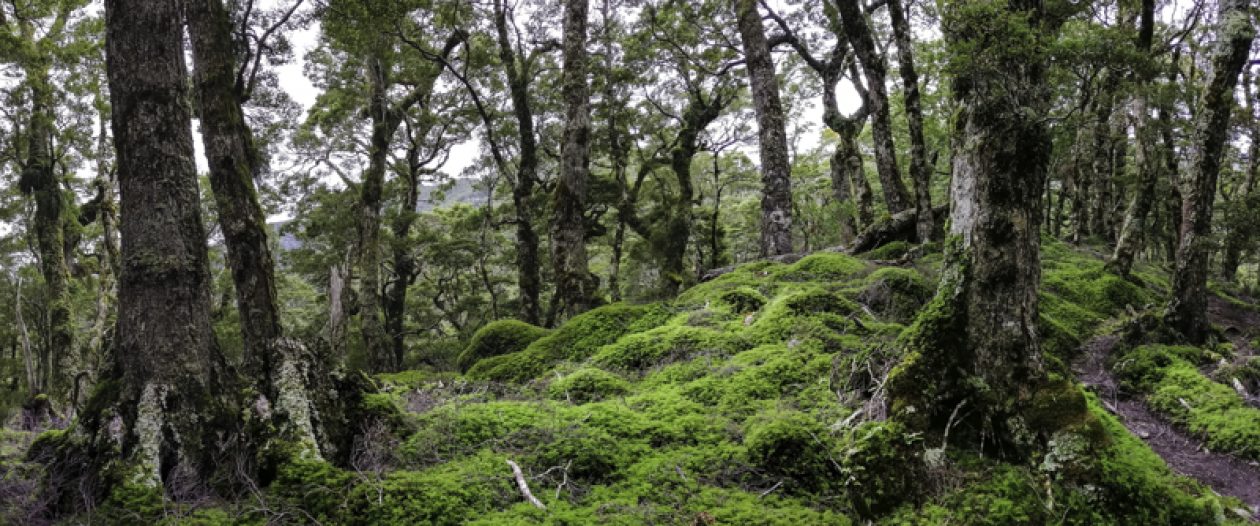It is difficult to imagine that all roads from and to the East and West passed through the Bell Tower, which has four entrances. Today, in mega developed, and I must say clean metropolis, the Bell Tower I the centre of f huge roundabout. Hundreds of road vehicles are moving every second during the day buses, cars, pedal bicycles, motorised bikes and motorcycles. Then there are the pedestrians.
One of Xians iconic ancient structures is the impressive Bell Tower, built in 1384 by Emperor Zhu Yuanzhang. Its use was multi-functional as defence as well as used for regulating daily life. It marked the geographical centre or central axis of the ancient capital with roads departing North, South, East and West corresponding to the gates since the Tang Dynasties. The wooden tower, which is the largest in China, is 36 meters high. It stands on a brick base 35.5 meters high. Today, in modern Xian, the Bell Tower is contained within a round-about with vehicles spewing smoke and noise. However, viewing from my hotel room in the evening, with lights on, it certainly is an impressive structure. With its elevated brick platform, there was an air of invincibility.

On the streets near the Drum Tower, I met this family, two kids and an adult. They approached me and wanted to practice English with me. This is a familiar experience for me throughout my travels in China. I on the other hand belt out whatever Mandarin I know, and they are impressed. This is my great tool to mix and mingle with the locals. It establishes some rapport and has led me to several pleasant local experiences invitation to meals, into homes, offered transportation and so on. Having some working knowledge of Mandarin is certainly valuable (sometimes it gets me out of trouble).
Another prominent and iconic ancient architecture is the Drum Tower. It was initially built in 1380 during the reign of Emperor Hongwu of the Ming Dynasty (1368-1644). The drums were used to signal time (in the evening) and alarm in an emergency. As its counterpart, the Bell Tower, it is also elevated on a brick base to 34m high. The tower itself is 111m high and is completely made from wood (no iron nail used anywhere in the Tower). The exterior is colourfully painted with a beautiful green glazed tiled roof. Drums are beaten at specific time as a musical performance. Perhaps a nostalgic journey to a past era. From my hotel room, in the evening, it is brightly lit and all the drums on the south side is clearly visible. It is quite spectacular. The Drum Tower is located adjacent to the Muslim Quarter and West Street.

Walking away from the city and touristy centers, you may get to experience a real and laid-back Xian. We wandered aimlessly and encountered some food stalls, markets and street vendors. The locals went about their business. At the butchery, whole pigs hung on hooks. On one street, five birds in cages hung on street wires as people passed by. Kids played on the side streets with no care in the world. Steam floated in the air from a road side bun shop. One of my favorite shop, women selling an assortment of pickled fruits and vegetables. I love walking in the market. They give an indication of the robustness of the local economies. Furthermore, the dynamics of family. Plus, I get to see local produce and sample a few along the way. Although a big metropolis, Xian feels a little laid back and the pace of life pleasant.






 Gao Family Mansion, about 400 years old, is the former residence of Gao Yuesong, an official of the Ming Dynasty (1368 – 1644) is one of the best-persevered traditional residences in Xi’an City. It is located on the busy Huimin Street (Beiyuanmen Street) in the Muslim Quarter. Stone lions guard the entrance. Once you enter the compound, the din of the street dissipates, and a sense of serenity prevails. There are several courtyards with ornately carved windows and decorated with traditional furniture. At one courtyard, a permanent opera style stage had been set up and today live music and singing. This experience is a small window to the past traditions. I waited to be surprised with food being offered. Perhaps, so tea to warm up in the cold air. Unfortunately, it was not forth coming. The show was good and entertaining.
Gao Family Mansion, about 400 years old, is the former residence of Gao Yuesong, an official of the Ming Dynasty (1368 – 1644) is one of the best-persevered traditional residences in Xi’an City. It is located on the busy Huimin Street (Beiyuanmen Street) in the Muslim Quarter. Stone lions guard the entrance. Once you enter the compound, the din of the street dissipates, and a sense of serenity prevails. There are several courtyards with ornately carved windows and decorated with traditional furniture. At one courtyard, a permanent opera style stage had been set up and today live music and singing. This experience is a small window to the past traditions. I waited to be surprised with food being offered. Perhaps, so tea to warm up in the cold air. Unfortunately, it was not forth coming. The show was good and entertaining.















